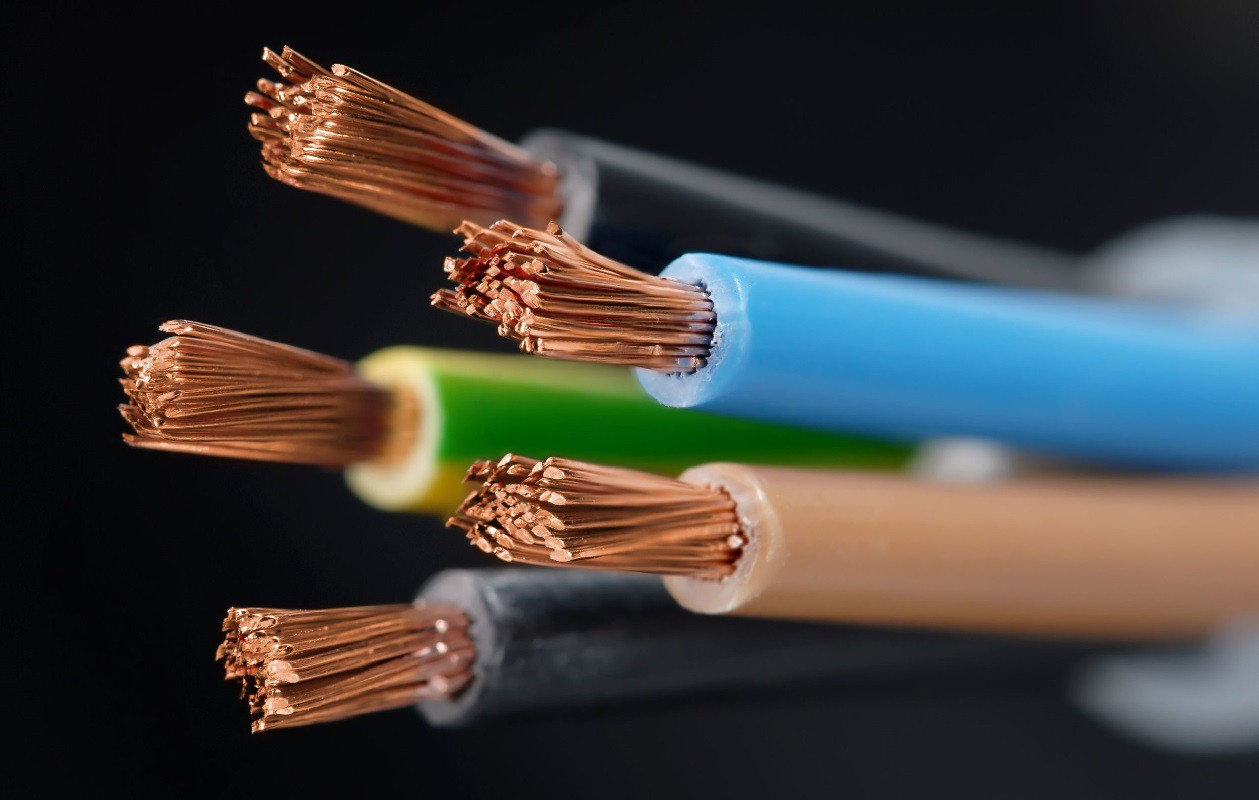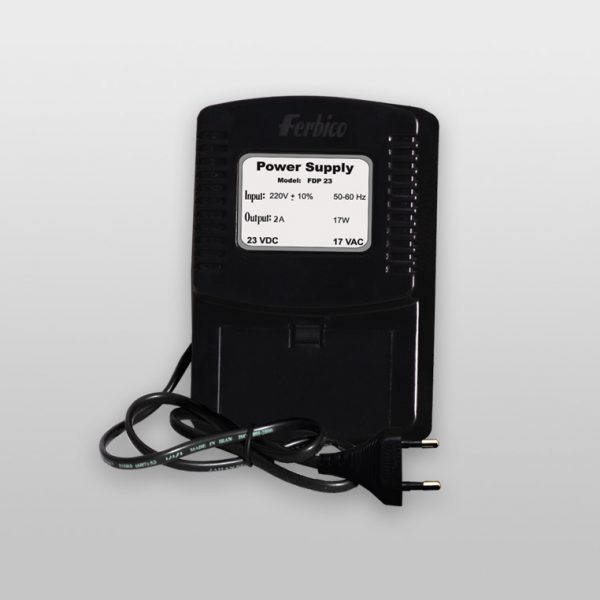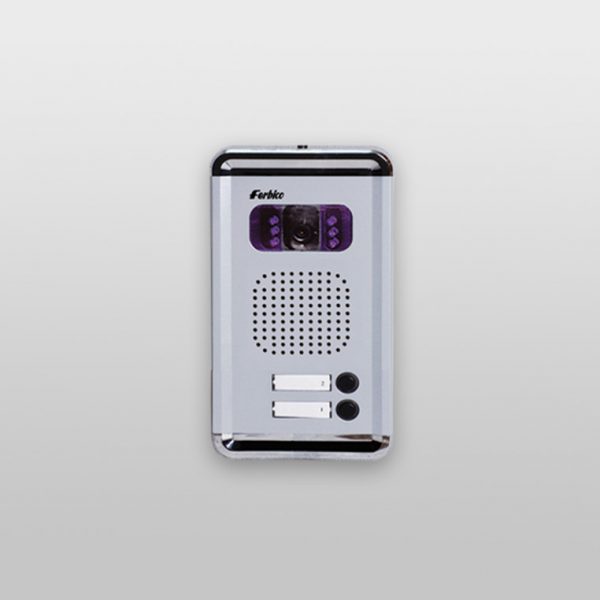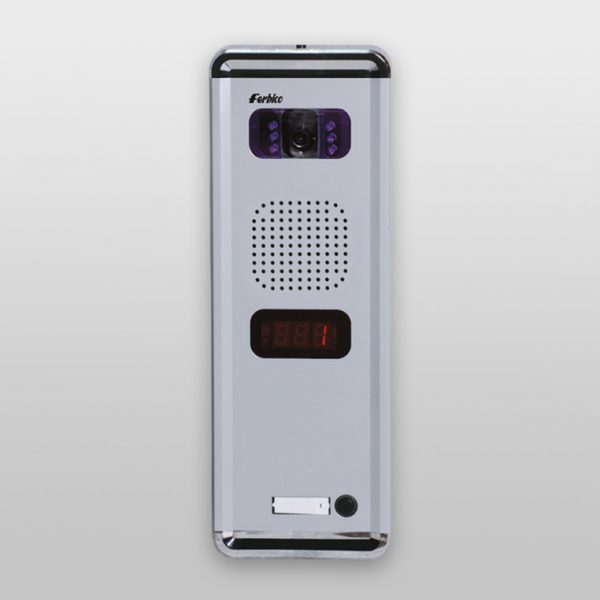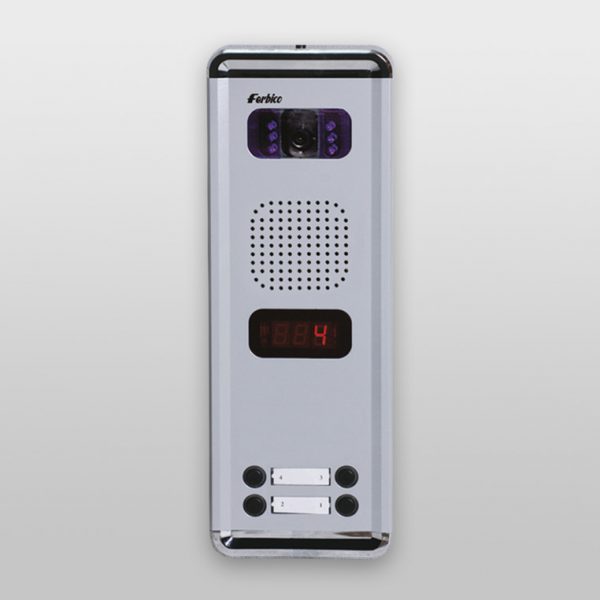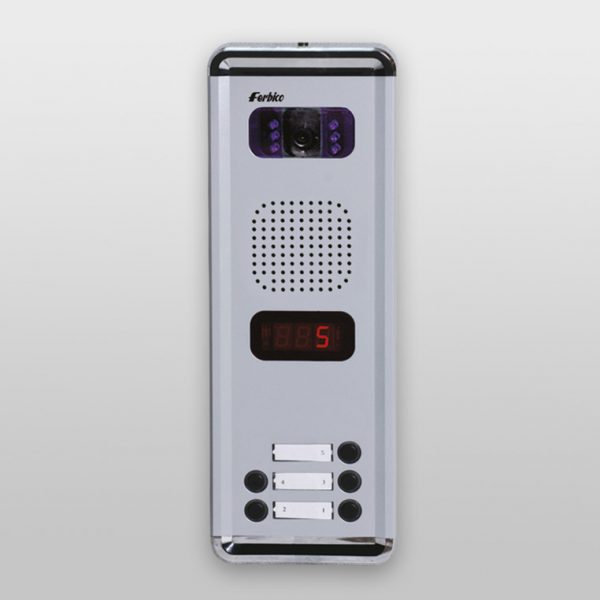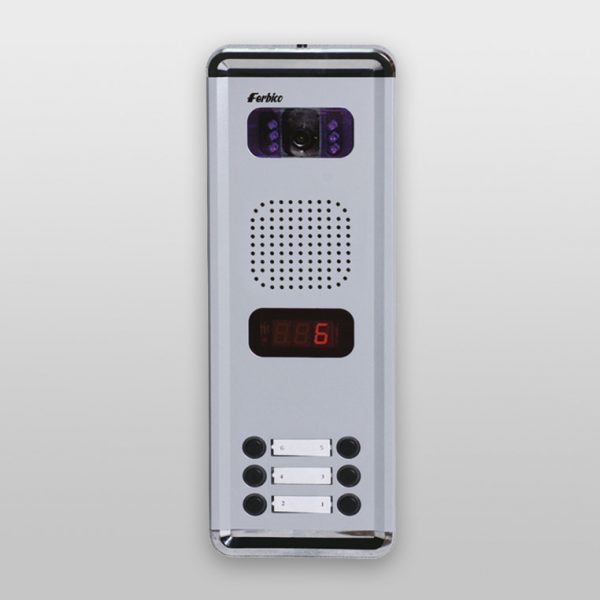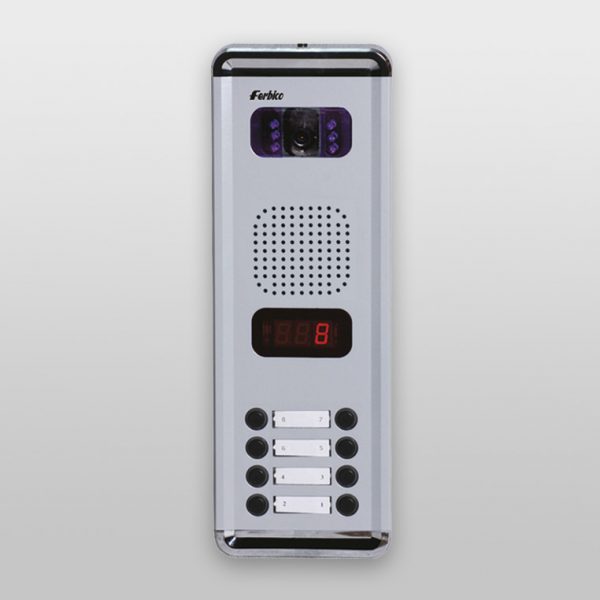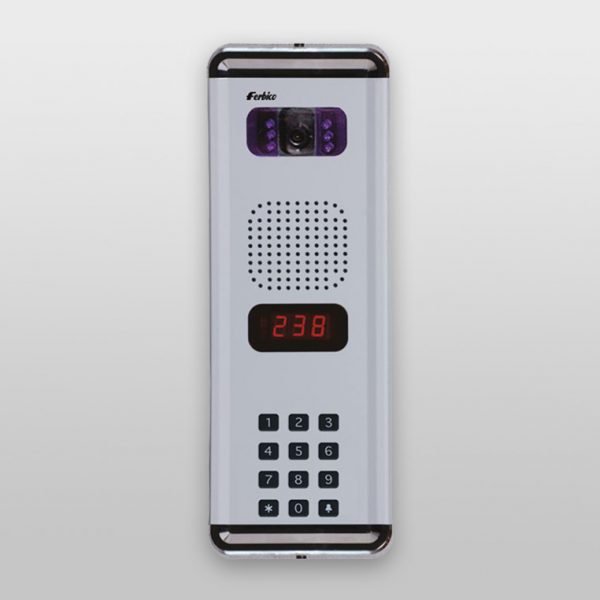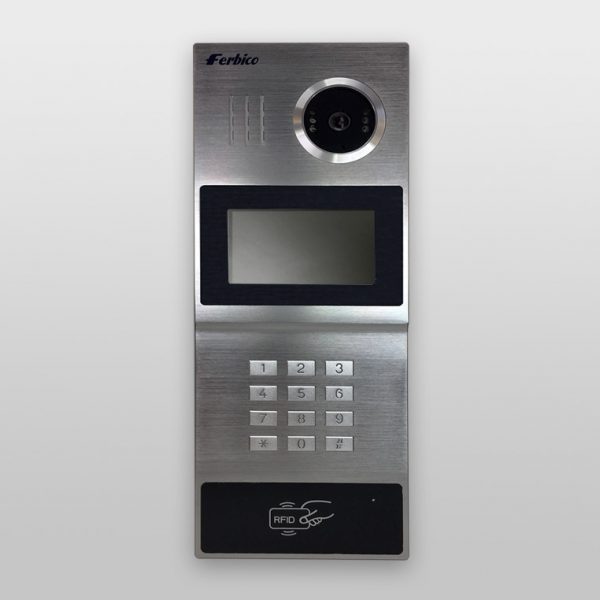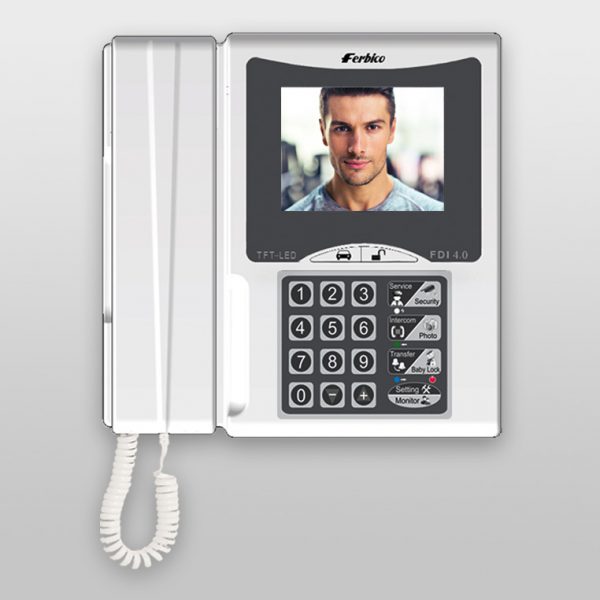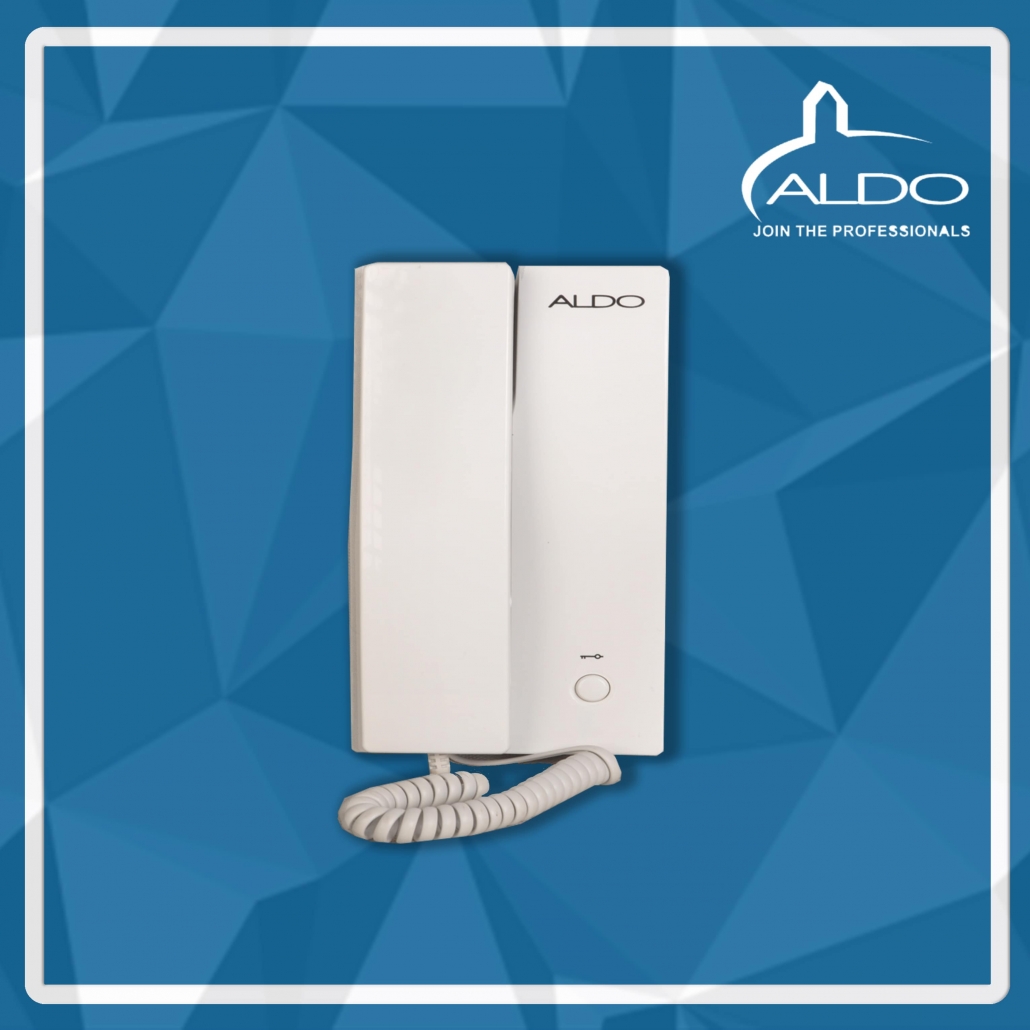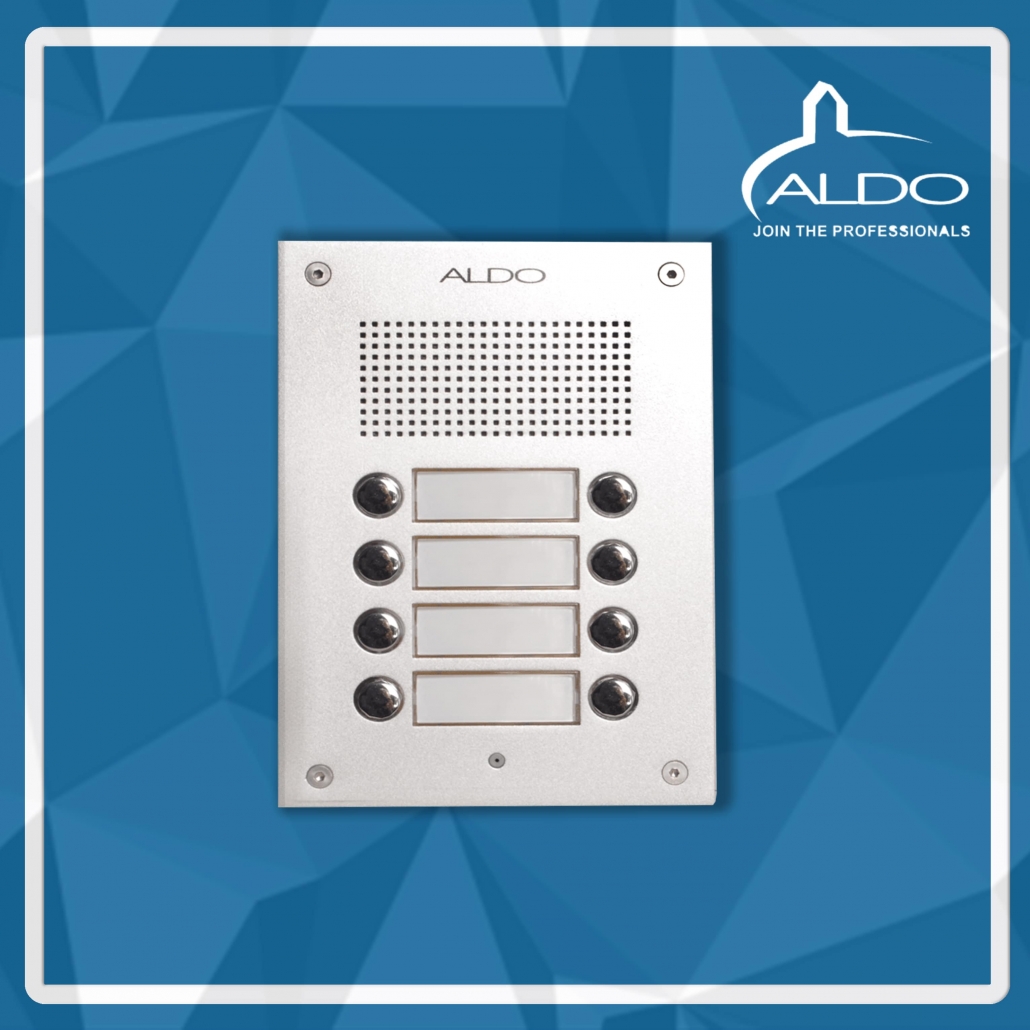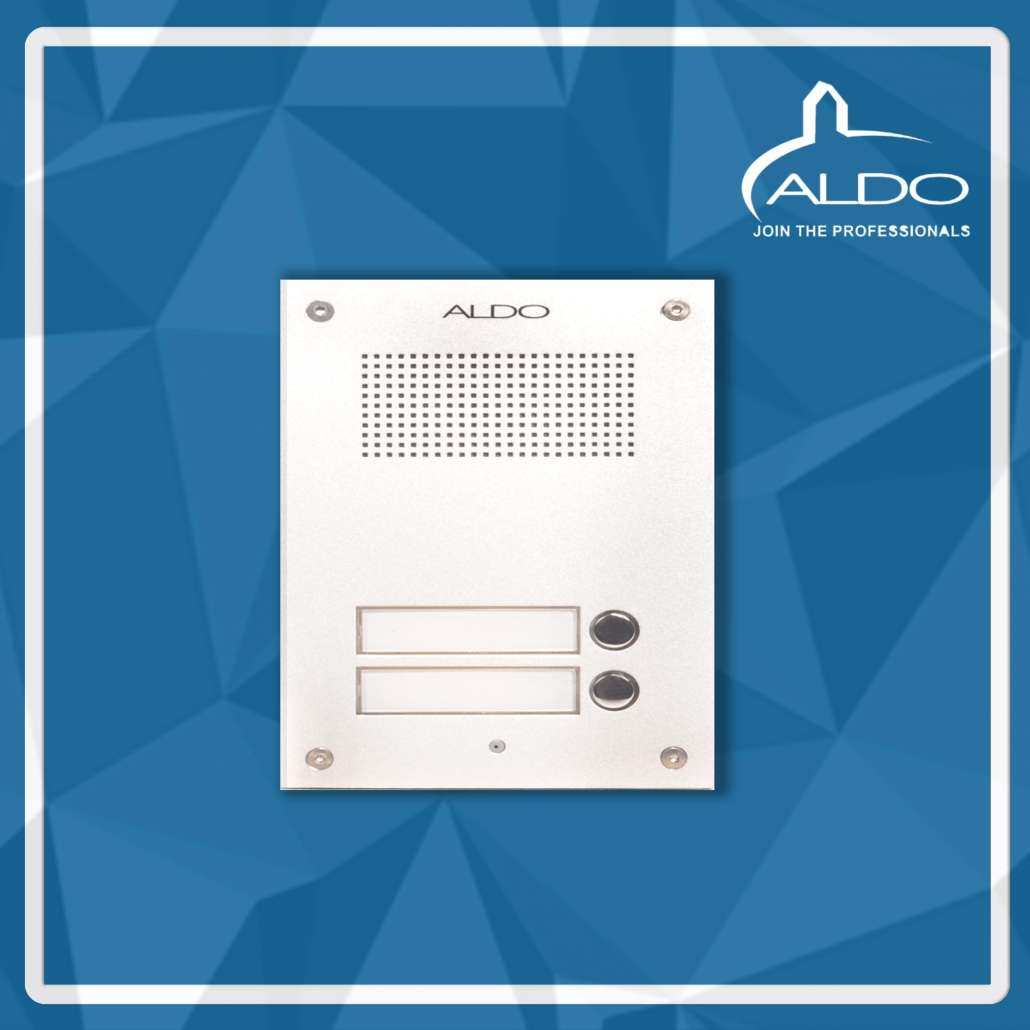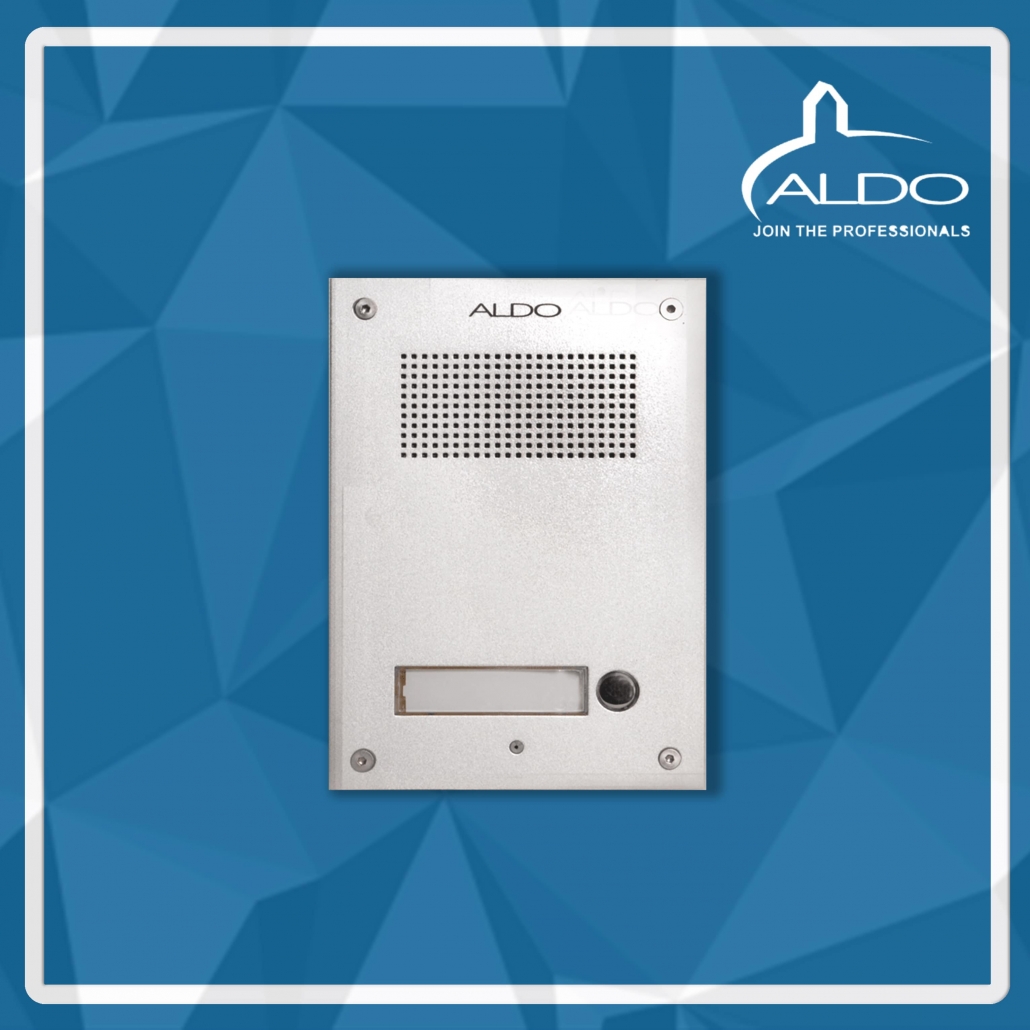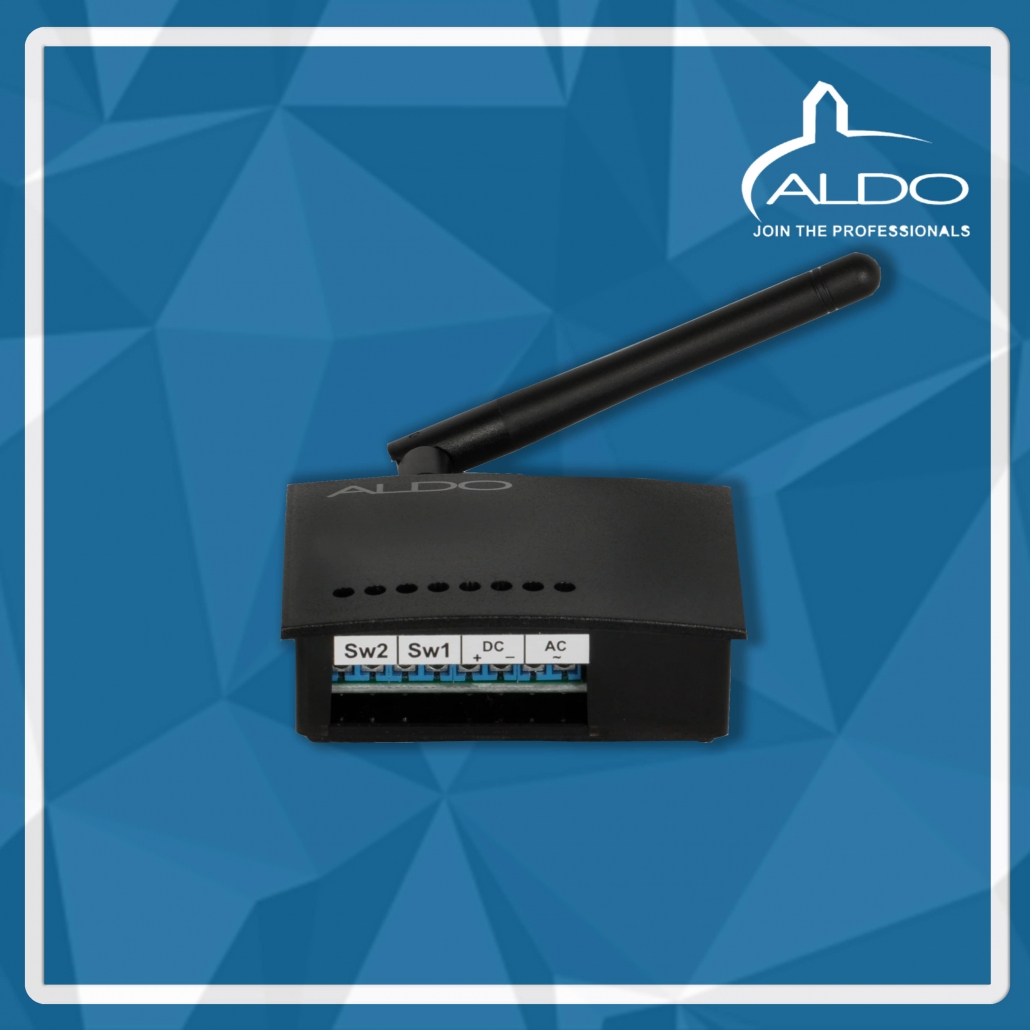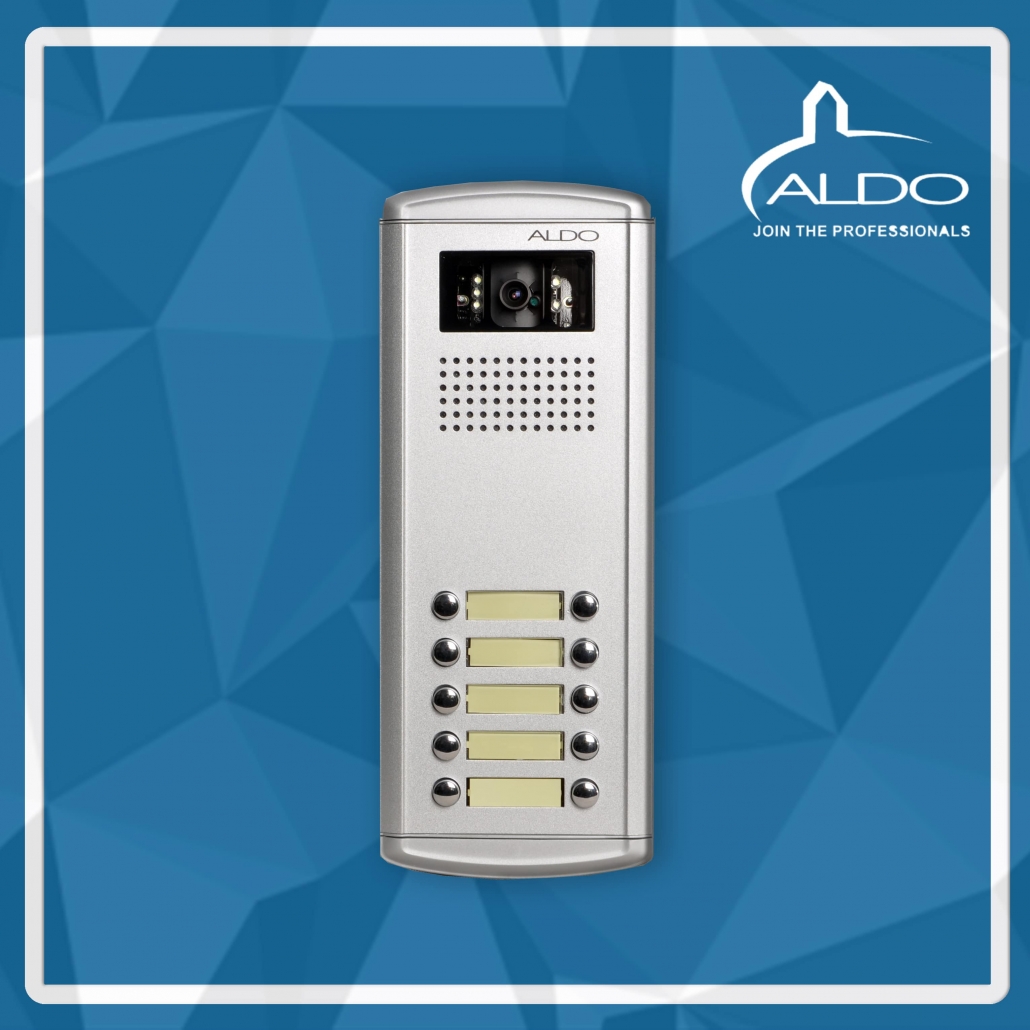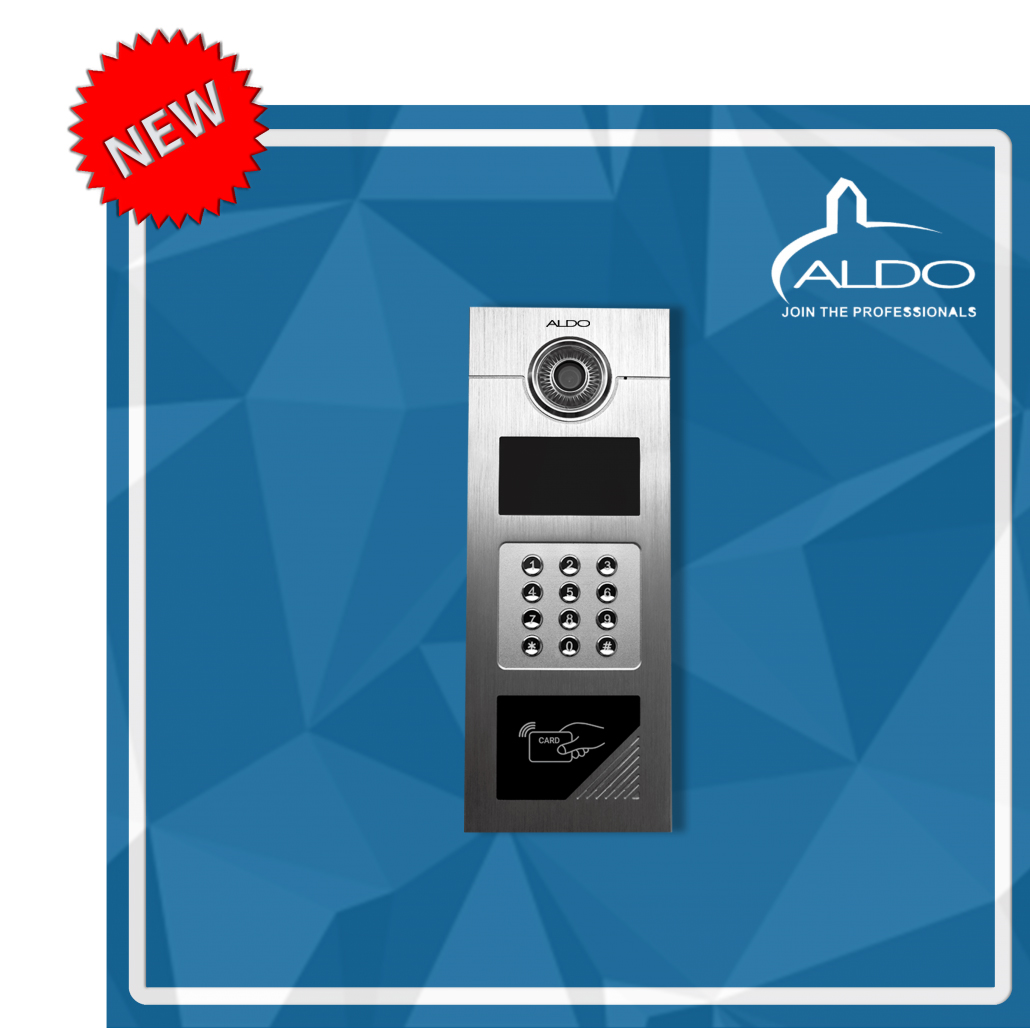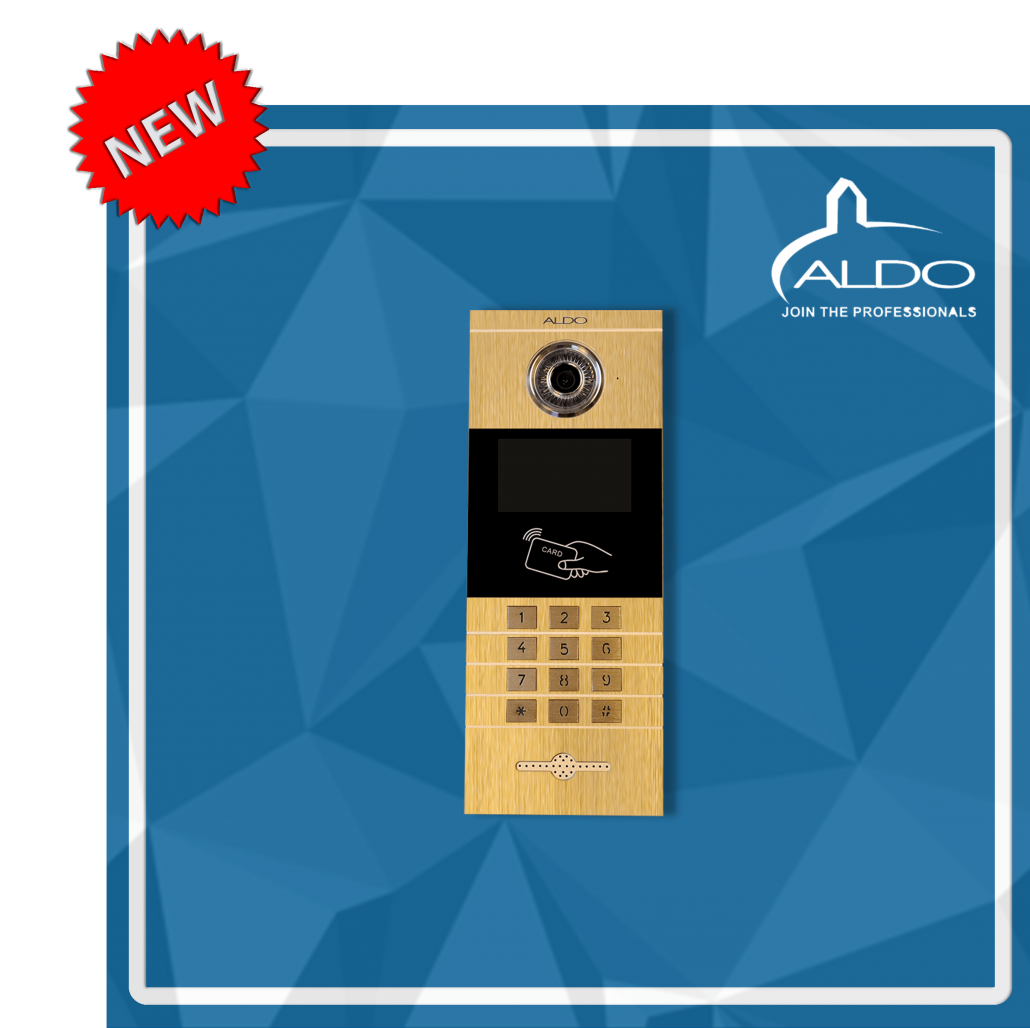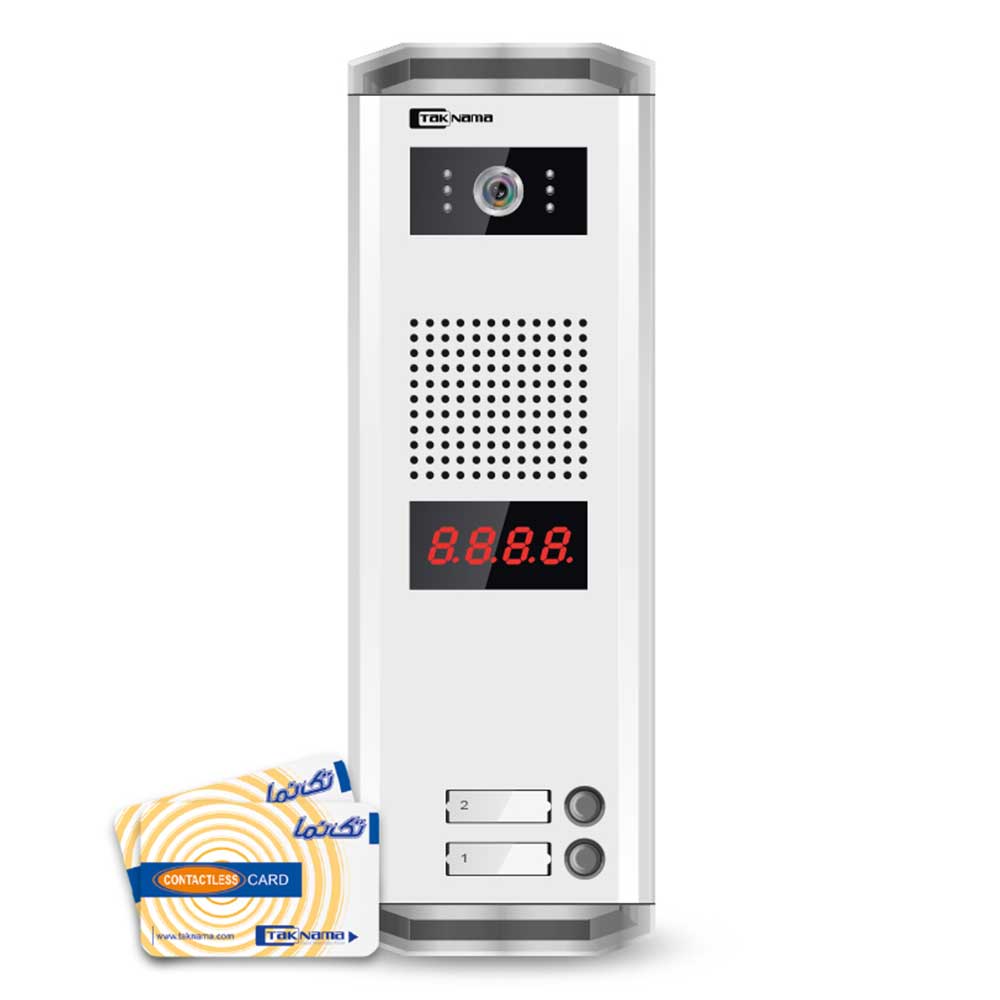Electrical Equipment & Supplies
Electronic equipment refers to devices and machinery that operate using electronic circuits, components, and systems. These devices are powered by electricity and perform various functions.
Common examples of electronic equipment include:
1. Computers: Including desktops, laptops, and servers used for data processing and information strage.
2. Smartphones and Tablets: Portable devices for communication, internet access, and various applications.
3. Printers and Scanners: Devices for producing hard copies of digital documents and converting physical documents into digital format.
4. Televisions and Monitors: Display devices for visual output, used for entertainment, presentations, and more.
5. Audio Equipment: Includes speakers, headphones, microphones, and audio recording devices.
6. Cameras: Digital cameras, webcams, and surveillance cameras for capturing still or moving images.
7. Networking Equipment: Routers, switches, and modems for connecting devices to networks.
8. Gaming Consoles: Electronic devices designed for playing video games.
9. Wearable Technology: Devices like smartwatches and fitness trackers.
10. Home Appliances: Some appliances, like smart refrigerators or washing machines, incorporate electronic components for enhanced functionality.
11. Medical Equipment: Various electronic devices used in healthcare, such as MRI machines, ECG monitors, and infusion pumps.
Electronic equipment plays a crucial role in modern society, contributing to communication, entertainment, healthcare, education, and various other aspects of daily life. Advances in technology continually lead to the development of new and improved electronic devices.
Electronic generators, often referred to as power generators or simply generators, convert mechanical energy into electrical energy. They play a crucial role in providing backup power during outages or serving as the primary power source in remote areas. Common types include diesel, gasoline, and natural gas generators.
To convert power means to change it from one form to another. In the context of electronics, power conversion often involves transforming electrical energy from one voltage or current level to another. This process is essential in various devices, such as power supplies and inverters, which convert direct current (DC) to alternating current (AC) or vice versa. If you have a specific type of power conversion in mind, feel free to provide more details.
Industrial control involves managing and regulating processes within industrial settings. This typically includes monitoring and controlling machinery, equipment, and systems to ensure efficiency, safety, and reliability. Programmable Logic Controllers (PLCs) are commonly used in industrial control systems to automate and control processes. These systems play a crucial role in manufacturing, energy, and other industries to optimize production and maintain operational stability.
Controlling machinery is often achieved through the use of automation systems, such as Programmable Logic Controllers (PLCs) or microcontrollers. These systems interpret input signals, process logic based on a programmed sequence, and generate output signals to control various aspects of machinery. Sensors provide feedback on machine conditions, enabling the control system to make real-time adjustments. This automation enhances precision, efficiency, and safety in industrial processes.
Industry switches, also known as industrial switches, are specialized switches designed for use in industrial environments. These switches are built to withstand harsh conditions, including temperature variations, humidity, dust, and vibrations. They play a crucial role in industrial automation and control systems, providing a reliable means to manage and control machinery and equipment. These switches may include features such as robust enclosures, resistance to electrical noise, and durability to ensure continuous operation in demanding industrial settings.
High voltage products refer to electrical equipment designed to handle and operate at elevated voltage levels. These products are crucial in power transmission, distribution, and various industrial applications where high voltage is necessary. Examples include:
1. Switchgear: Used to control, protect, and isolate electrical equipment in power systems.
2. Transformers: Devices that change voltage levels in power distribution systems.
3. Circuit Breakers: Devices designed to interrupt or break the electrical current flow in high voltage circuits.
4. Insulators: Materials or devices that prevent the flow of electric current.
These products are essential components in the electrical infrastructure for efficient and reliable power supply.
Power supplies are devices that provide electrical energy to other devices or systems. They convert input power from a source (such as an electrical outlet or battery) into the required output power for electronic devices.
_1710868485.jpg)
There are various types of power supplies:
1. Linear Power Supplies: Use a linear regulator to regulate voltage.
2. Switching Power Supplies: More efficient than linear supplies, they use a switching regulator to control the output.
3. Uninterruptible Power Supplies (UPS): Provide temporary power during electrical outages, ensuring continuous operation.
4. DC Power Supplies: Produce direct current (DC) output
5. AC Power Supplies: Provide alternating current (AC) output.
Power supplies are fundamental in electronics, powering everything from small electronic devices to complex industrial systems.
Low voltage products typically refer to electrical devices and components designed to operate at lower voltage levels, typically below 1000 volts. These can include circuit breakers, switches, wiring, and other equipment used in residential, commercial, and industrial settings to control and distribute electrical power safely.
Switching power supplies are electronic devices that convert electrical power efficiently from one voltage or current level to another using semiconductor switching devices like transistors. They are commonly used in various electronic devices such as computers, televisions, and chargers.
Switching power supplies operate by rapidly switching the input voltage on and off, which is then transformed and rectified to provide the desired output voltage or current. They are favored for their efficiency, smaller size, and lighter weight compared to traditional linear power supplies.
Linear power supplies are electronic devices that provide a stable and regulated output voltage using linear regulator circuits. Unlike switching power supplies, linear power supplies operate by dissipating excess power as heat, making them less efficient but often suitable for applications where precise voltage regulation and low noise are crucial.

Linear power supplies are commonly used in audio equipment, laboratory instruments, and other applications where minimizing electrical noise and maintaining a constant voltage output are priorities. They generally have simpler designs compared to switching power supplies and are known for their reliability in certain applications.
1. Computers: Including desktops, laptops, and servers used for data processing and information strage.
2. Smartphones and Tablets: Portable devices for communication, internet access, and various applications.
3. Printers and Scanners: Devices for producing hard copies of digital documents and converting physical documents into digital format.
4. Televisions and Monitors: Display devices for visual output, used for entertainment, presentations, and more.
5. Audio Equipment: Includes speakers, headphones, microphones, and audio recording devices.
6. Cameras: Digital cameras, webcams, and surveillance cameras for capturing still or moving images.
7. Networking Equipment: Routers, switches, and modems for connecting devices to networks.
8. Gaming Consoles: Electronic devices designed for playing video games.
9. Wearable Technology: Devices like smartwatches and fitness trackers.
10. Home Appliances: Some appliances, like smart refrigerators or washing machines, incorporate electronic components for enhanced functionality.
11. Medical Equipment: Various electronic devices used in healthcare, such as MRI machines, ECG monitors, and infusion pumps.
Electronic generators, often referred to as power generators or simply generators, convert mechanical energy into electrical energy. They play a crucial role in providing backup power during outages or serving as the primary power source in remote areas. Common types include diesel, gasoline, and natural gas generators.
To convert power means to change it from one form to another. In the context of electronics, power conversion often involves transforming electrical energy from one voltage or current level to another. This process is essential in various devices, such as power supplies and inverters, which convert direct current (DC) to alternating current (AC) or vice versa. If you have a specific type of power conversion in mind, feel free to provide more details.
Industrial control involves managing and regulating processes within industrial settings. This typically includes monitoring and controlling machinery, equipment, and systems to ensure efficiency, safety, and reliability. Programmable Logic Controllers (PLCs) are commonly used in industrial control systems to automate and control processes. These systems play a crucial role in manufacturing, energy, and other industries to optimize production and maintain operational stability.
Controlling machinery is often achieved through the use of automation systems, such as Programmable Logic Controllers (PLCs) or microcontrollers. These systems interpret input signals, process logic based on a programmed sequence, and generate output signals to control various aspects of machinery. Sensors provide feedback on machine conditions, enabling the control system to make real-time adjustments. This automation enhances precision, efficiency, and safety in industrial processes.
Industry switches, also known as industrial switches, are specialized switches designed for use in industrial environments. These switches are built to withstand harsh conditions, including temperature variations, humidity, dust, and vibrations. They play a crucial role in industrial automation and control systems, providing a reliable means to manage and control machinery and equipment. These switches may include features such as robust enclosures, resistance to electrical noise, and durability to ensure continuous operation in demanding industrial settings.
High voltage products refer to electrical equipment designed to handle and operate at elevated voltage levels. These products are crucial in power transmission, distribution, and various industrial applications where high voltage is necessary. Examples include:
2. Transformers: Devices that change voltage levels in power distribution systems.
3. Circuit Breakers: Devices designed to interrupt or break the electrical current flow in high voltage circuits.
4. Insulators: Materials or devices that prevent the flow of electric current.
These products are essential components in the electrical infrastructure for efficient and reliable power supply.
Power supplies are devices that provide electrical energy to other devices or systems. They convert input power from a source (such as an electrical outlet or battery) into the required output power for electronic devices.
_1710868485.jpg)
2. Switching Power Supplies: More efficient than linear supplies, they use a switching regulator to control the output.
3. Uninterruptible Power Supplies (UPS): Provide temporary power during electrical outages, ensuring continuous operation.
4. DC Power Supplies: Produce direct current (DC) output
5. AC Power Supplies: Provide alternating current (AC) output.
Power supplies are fundamental in electronics, powering everything from small electronic devices to complex industrial systems.
Low voltage products typically refer to electrical devices and components designed to operate at lower voltage levels, typically below 1000 volts. These can include circuit breakers, switches, wiring, and other equipment used in residential, commercial, and industrial settings to control and distribute electrical power safely.
Switching power supplies are electronic devices that convert electrical power efficiently from one voltage or current level to another using semiconductor switching devices like transistors. They are commonly used in various electronic devices such as computers, televisions, and chargers.
Linear power supplies are electronic devices that provide a stable and regulated output voltage using linear regulator circuits. Unlike switching power supplies, linear power supplies operate by dissipating excess power as heat, making them less efficient but often suitable for applications where precise voltage regulation and low noise are crucial.

FAQs
What is the definition of electrical appliances?
Electronic equipment refers to devices and machinery that operate using electronic circuits, components, and systems.
What is the role of electrical industry in the modern world?
Electronic equipment plays a crucial role in modern society, contributing to communication, entertainment, healthcare, education, and various other aspects of daily life.
What is High voltage products
High voltage products refer to electrical equipment designed to handle and operate at elevated voltage levels.
What is an electrical debugging tool?
Oscilloscopes are used in a wide range of applications, including electronics debugging,


